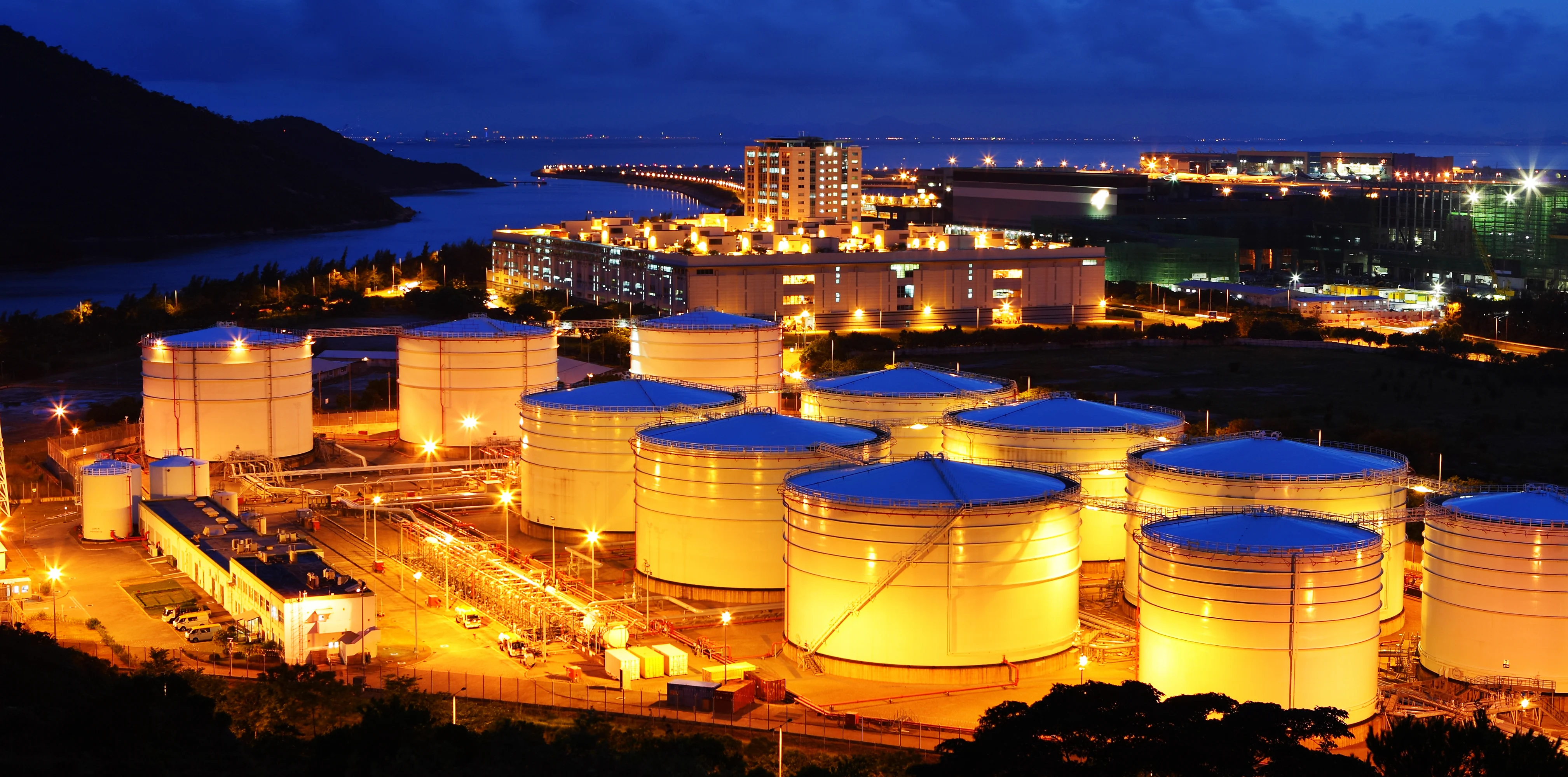Real-time IoT-powered AI System For Monitoring Air Pollution
Did you know that air pollution kills nearly 1.7 million Indians every year? Think of the air we breathe, the essential stuff of life itself, turning into a silent killer. Our cities are suffocating, but there is still hope. Tracking air quality is being transformed by artificial intelligence (AI) and the Internet of Things (IoT). The following article describes the crucial role that AI and IoT can play in developing Indian cities. They can give us better info, guide smarter rules, and lead to cleaner air for everyone.
Understanding the Air Quality Crisis in India
Air pollution is a significant problem in India. Many cities struggle with unhealthy air. It's not just a seasonal issue but a year-round health threat. The problem is widespread, affecting millions across the country.
Sources of Pollution - A Complex Web
So, what causes all this pollution? It's not one thing, but many. Cars and trucks release fumes into the air. Factories also add to the problem. Construction creates dust. Farming practices, such as burning remaining crops, make things worse. Seasonal changes, like weather patterns, even play a role.
Current Monitoring Limitations - Gaps in the System
Right now, India's air quality tracking has problems. There aren't enough monitoring stations, the data is sometimes inaccurate, and we don't always get real-time updates. These gaps make solving the air pollution problem challenging.
IoT Sensors - The Eyes and Ears of Clean Air
IoT sensors can help us monitor air quality more closely. These small devices can be set up all over cities. They act like eyes and ears, constantly examining the air, giving us a better understanding of what is happening.
Types of Sensors
A Technological Arsenal
Different IoT sensors measure different pollutants. Some track PM2.5 and PM10, small particles that can damage your lungs. Other ozone, nitrogen dioxide, and sulfur dioxide are measured. Each sensor has a specific role and provides reliable data.
Deployment Strategies - Building a Comprehensive Network
How do we put these sensors in the right places? We must consider where people live, how traffic flows, and where the factory is. We also need to protect vulnerable areas like schools and hospitals. Smart placement creates a strong monitoring network.
Data Transmission and Storage - The Backbone of Real-Time Monitoring
IoT sensors transmit data to a central system, requiring a reliable internet connection. Technologies like LoRaWAN and NB-IoT assist in this process. The data must also be securely stored for analysis and informed decision-making.
AI-Powered Analytics - Turning Data into Actionable Insights
AI can interpret and analyze data from IoT sensors, find patterns, and make predictions. This helps us understand what's happening with air quality in real-time and shows us where to focus our efforts.
Predictive Modeling - Forecasting Future Air Quality
AI can forecast air quality. It looks at past data, weather, and other things. This lets us know when pollution might get worse. Then, we can warn people and take steps to reduce it.
Anomaly Detection - Identifying Pollution Spikes
AI can spot unusual pollution spikes and alert authorities to take action quickly. This could mean stopping a factory from polluting or rerouting traffic. Quick responses can make a big difference.
Source Apportionment
1. Pinpointing Pollution Origins
Where is the pollution coming from? AI can help us find out. It can analyze data to identify the most significant sources, allowing us to create plans to reduce pollution at its source.
2. Lessons Learned and Best Practices
What have we learned from these examples? Sound planning is key. Reliable technology is essential. Third, involving the community helps a lot. By following these practices, more cities can succeed.
3. Overcoming Challenges and Future Directions
Using AI and IoT also has challenges. We need to think about these challenges and find solutions.
Data Privacy and Security - Protecting Sensitive Information
Protecting air quality data is crucial. We must follow privacy regulations and safeguard it from hackers. Strong security measures help build trust.
Scalability and Sustainability - Building a Long-Term Solution
How do we expand these systems and keep them running for a long time? We need to plan for growth and find ways to pay for everything.
Policy Recommendations - Enabling Widespread Adoptio
Governments can help by creating rules that support AI and IoT, offering money to companies that use these technologies, and teaching people about the importance of clean air.
AI-Driven IoT Air Monitoring for Cleaner Cities in India
AI and IoT can change air quality tracking in India. They can provide real-time data, make accurate predictions, and guide our functions. Government, companies, and researchers need to work together to do this. This will help us make our cities clean and healthy for all. Katomaran Technologies is dedicated to implementing this change with innovative AI and IoT solutions, including environmental air quality and pollution monitoring software to provide accurate insights for better decision-making.


